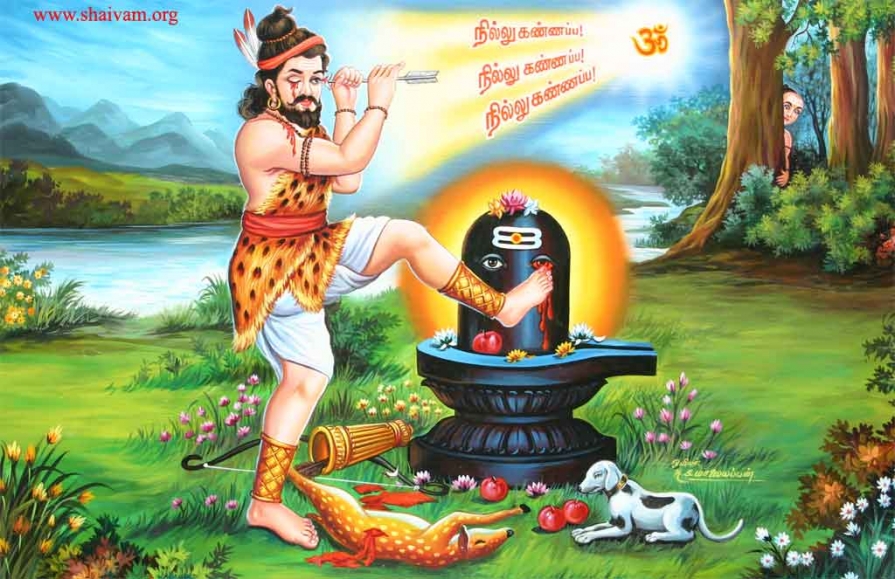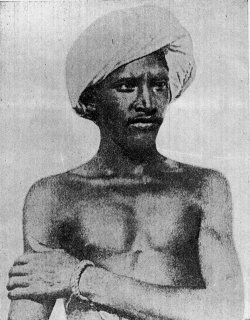About Us - Profile
Vanavasi Seva Kendram TamilNadu affiliated to Akhil Bharatiya Vanavasi Kalyan Ashram, has been active among our vanavasi brethren in TamilNadu from 1980, looking after their needs primarily in the fields of Education and Health.
Vanavasi Seva Kendram TamilNadu was started in Karumandurai, a place of Tribal need, in Kalrayan Hills in Salem (Dt), in the form of a small students hostel for Tribal students. Now the unique work and service projects have spread over TamilNadu covering 7 lakhs vanavasi people belonging to 35 groups in different Hills.
There are about 12 crore Vanavasi people living in remote forest areas of our country deprived of their basic facilities, of which around 9 lakhs live in Tamilnadu.
There are 36 sects of government notified tribes living in 76 blocks of 22 districts in Tamilnadu. Some of the sects are Toda, Kota, Irula, Malayali, Paliyar, Vedar, Konda Reddy who form a large number among them. In order to uplift the living standards of our Tribal Brothern, to preserve their rich Cultural Identity and make them at par with the rest of the society, our Organisation, a Registered Trust in the above name was started and we are at the service of the Tribals since 1980. At present our work is in the fields of Education, Health, Preserving their cultural identity, Women Empowerment through religious and economic activities, identifying the potentially suitable candidates in the field of Sports etc.
As of now, our work is spread over in 31 blocks of 15 given below districts.....
Nilgiris, Coimbatore, Erode, Salem, Dharmapuri, Krishnagiri, Namakkal, Tiruchirapalli, Kallakurichi, Tiruppattur, Tiruvannamalai, Tiruvallur, Vizhupuram, Vellore and Chennai.
We intend to further our area of operation to other districts also where sizeable Tribal Population reside.
Kannappa Nayanar

Birsa Munda
His portrait hangs in the Indian Parliament Museum, he is the only tribal leader to have been so honored.

Demography of Tribals in TamilNadu
Out of the total number of 39 districts we have vanavasi people living in 22 districts spreading over in 590 villages according to recent report in 2011, which clearly indicates that we still have our ancesteral Tribal people namely Kurumbas, kondareddies, katunayakkan, thoda, kotha, paniyas and so on living very nearer to us . Both the groups Malayalis and Irulars constitute the major percentage of 67 out of the total vanavasi population of 8 lakhs.
Total population as of 2011 census is around 9 lakhs
Upliftment of Vanavasi Tribal people is essential
Vanavasis termed as Tribals are actually innocent children of Forests and Hillocks, used to live with nature. The so called civilization has put them far behind in the progress, leaving them in utter ignorance and poverty. Sadly their weakness is cleverly exploited by several vested interests and the children of forest who are forcibly driven out from their environment stand stranded totally depending on their urbanized brethren for their survival. Proslylization is rampant in all Tribal belts throughout TamilNadu and hence now the utmost necessity has arisen to save our Tribal people from their predicament.
Vanavasi Seva Kendram TamilNadu is constantly working among the vanavasi people in 31 villages now and the work now going on may look minimum but it is more vital and result oriented. The Kendra has planned to do a lot in future with the care, support and active participation of the philanthropists who support in kind and cash.
Keeping in view that all the Tribal people must get an all round development in their life, Vanavasi Seva Kendram has planned to work in three fields that is Education, Health and Culture.


